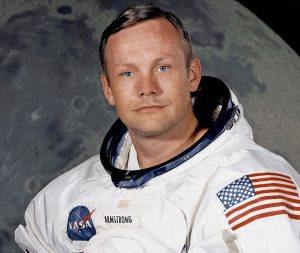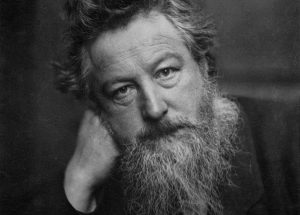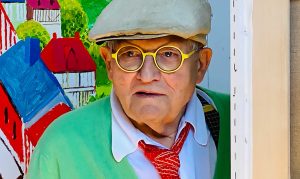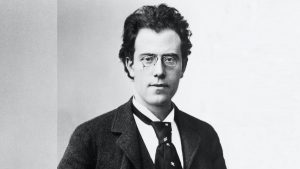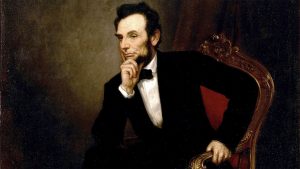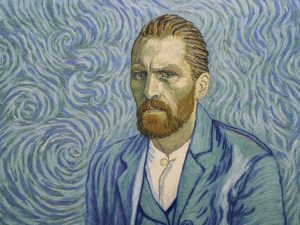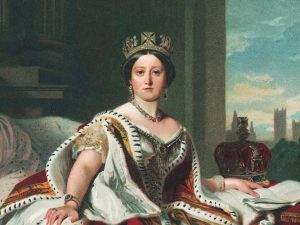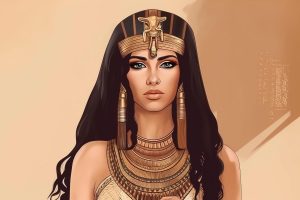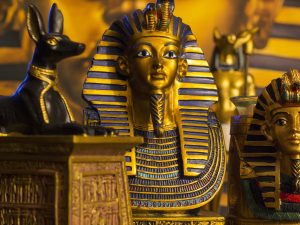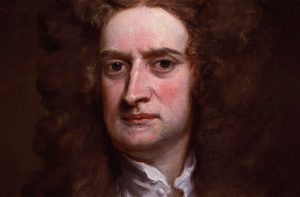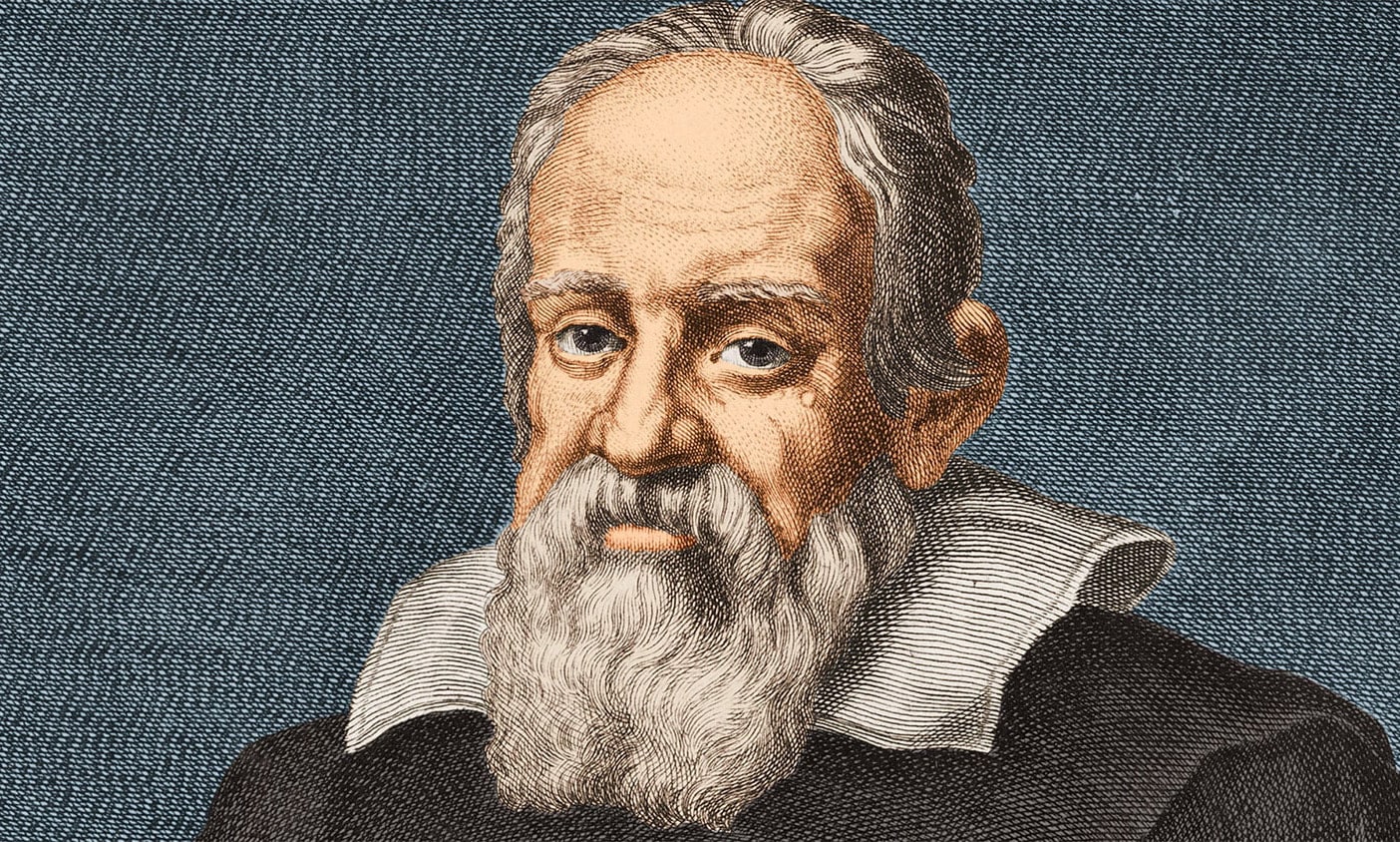
33 interesting facts about Galileo Galilei
- 👁️ 1385
Galileo Galilei, often hailed as the “father of modern observational astronomy,” the “father of modern physics,” and the “father of science,” is a towering figure in the history of human thought. Born in Pisa, Italy, in 1564, Galileo’s contributions to science revolutionized the way we perceive the universe and our place within it. His pioneering work laid the groundwork for centuries of scientific discovery, challenging prevailing notions and facing considerable opposition for his views. From developing the telescope to improve observations of celestial bodies to his famous experiments on the motion of objects, Galileo’s work has had a profound impact on various scientific fields. Let’s delve into some fascinating and informative facts about Galileo Galilei.
- Galileo was born on February 15, 1564, in Pisa, Italy, the same year that Michelangelo died.
- Initially, Galileo enrolled at the University of Pisa to study medicine but switched to mathematics and natural philosophy.
- He is often credited with inventing the telescope, but he actually improved upon existing designs to create a more powerful version.
- With his improved telescope, Galileo made several groundbreaking astronomical observations, including discovering the four largest moons of Jupiter, which are now known as the Galilean moons.
- He also observed and correctly explained the phases of Venus, providing strong evidence for the Copernican model of the solar system, which placed the Sun at the center.
- Galileo’s observations of the Moon revealed that it had mountains and craters, challenging the Aristotelian belief in the perfect smoothness of celestial bodies.
- He discovered sunspots on the Sun and tracked their movements, further challenging Aristotelian cosmology.
- Galileo developed the law of falling bodies, which states that the distance covered by a falling object is proportional to the square of the elapsed time.
- His work on projectile motion laid the groundwork for the later development of classical mechanics by Sir Isaac Newton.
- Galileo is credited with the invention of the geometric and military compass, useful for aiming artillery.
- He was a strong advocate of the scientific method, emphasizing observation and experimentation as the basis for knowledge.
- Galileo’s support of the heliocentric model of the solar system led to conflict with the Catholic Church, culminating in his trial and house arrest.
- In 1632, Galileo published “Dialogue Concerning the Two Chief World Systems,” which led to his trial by the Inquisition.
- He spent the last years of his life under house arrest in Arcetri, near Florence, where he continued to write and conduct experiments.
- Galileo was blind by the end of his life, a condition possibly exacerbated by his observations of the Sun.
- He is buried in the Basilica of Santa Croce in Florence, Italy.
- Galileo’s contributions were not limited to astronomy; he also made significant discoveries in physics, particularly the principles of motion and inertia.
- The Galilean principle of relativity states that the laws of physics are the same in any system that is moving at a constant speed in a straight line.
- Despite his conflict with the Church, Galileo remained a devout Catholic throughout his life.
- The phrase “E pur si muove” (And yet it moves) is attributed to Galileo, supposedly uttered after recanting his support for heliocentrism, though its historical accuracy is debated.
- Galileo’s father was a musician and scholar, which influenced Galileo’s interest in mathematics and science.
- The telescope he created could magnify objects up to 30 times, allowing him unprecedented views of the heavens.
- Galileo’s work influenced the Enlightenment and the development of modern science.
- He taught at the University of Padua, where he conducted many of his important observations.
- Galileo’s discoveries about the laws of motion and celestial observations were published in “Sidereus Nuncius” in 1610.
- The Galileo Affair, his conflict with the Church, is often cited as an example of the tension between science and religion.
- The International Astronomical Union has named a crater on the Moon and an asteroid after Galileo.
- NASA’s Galileo spacecraft, launched in 1989 to study Jupiter and its moons, was named in his honor.
- Galileo is considered a pioneer in the use of experiments to validate physical theories.
- His writings include works on the two new sciences, which laid the groundwork for the science of kinematics and strength of materials.
- The Roman Catholic Church formally acknowledged its error in condemning Galileo’s support for heliocentrism in 1992.
- Galileo’s daughter, Maria Celeste, a nun, was one of his greatest confidantes and supporters.
- Despite his trial and house arrest, Galileo’s work continued to circulate and influence scientific thought.
Galileo Galilei’s legacy is a testament to the power of observation, experimentation, and the courage to challenge established beliefs. His contributions laid the foundation for modern astronomy, physics, and the scientific method, changing our understanding of the universe and our place within it. Despite facing opposition and personal hardship, Galileo’s pursuit of knowledge and truth continues to inspire generations of scientists and thinkers around the world. His life and work remind us of the importance of curiosity, critical thinking, and the relentless pursuit of understanding the natural world.
